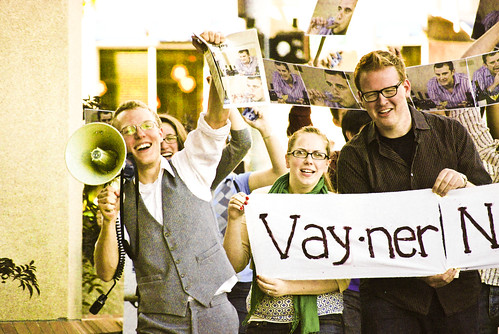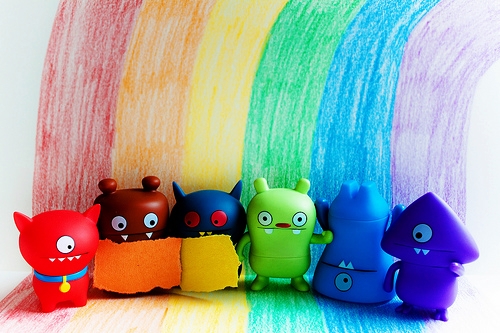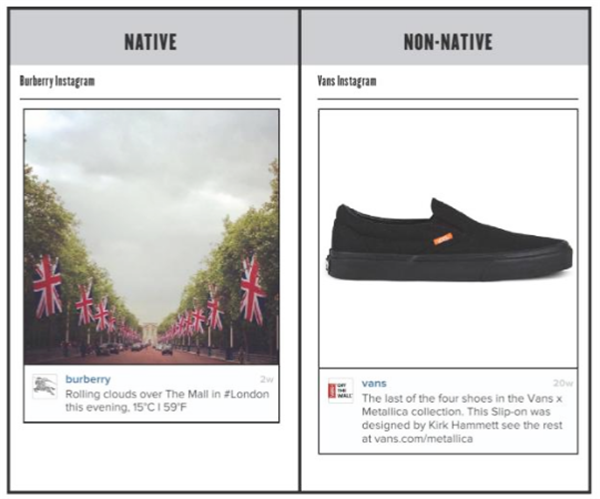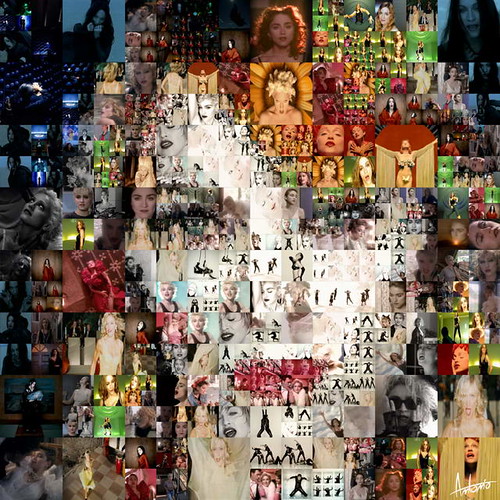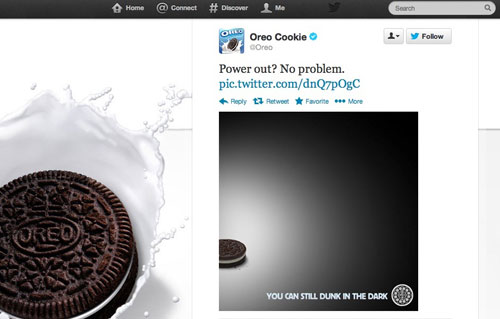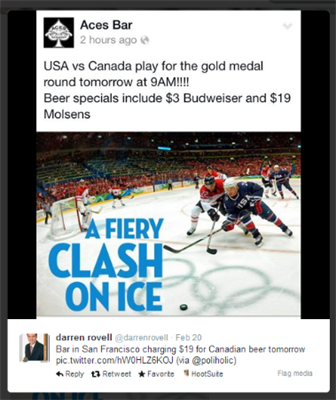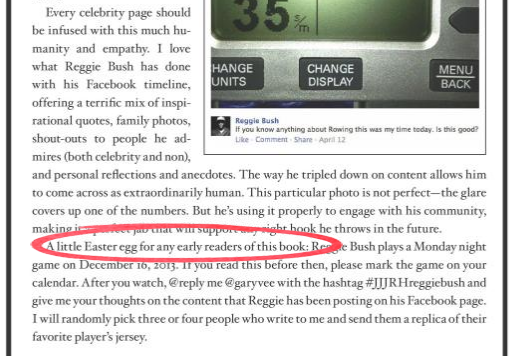I’ll get right to the point.
Gary Vaynerchuck is one of the world’s best social media marketers.
Chris and I had the opportunity to meet him in Vancouver two years ago and chat about Spokal.
His insights were invaluable.
I truly believe that if you’re having a problem online, Gary can solve it.
While his fees are geared toward the Fortune 500 clan, he recently published a book for small businesses, showing how anyone can use his tactics to stand out online.
From listening to Gary and reading his work, there are 3 golden rules that I’ve learned are essential to creating content.
Here they are.
Be Native
Even though social media platforms have similar functions, “each one cultivates a unique language, culture, sensibility, and style.”
This is the native language of the platform.
Gary is the first person I heard to talk about this.
It makes sense.
We act differently in different environments, even though we’re the same person. Think about the conversation we’d have if we met at a
conference compared to a friend’s lunch.
The same rule applies to the social web.
While you may be interacting with the same people on Facebook, Twitter, Pinterest, your blog and email, the conversations, content and context of those conversations will be different depending on the circumstances.
Social media triggers dopamine pathways and pleasure centers in our brain. And as Gary discusses in his book:
“Your content must do the same.
And it will if it looks the same, sounds the same, and provides the same value and emotional benefits people are seeking when they come to the platform in the first place.
In other words, it will if it’s native.”
This is why it’s imperative to cater your message not only to your customers, but to the platform and context they’re consuming it in.
It’s why visuals are imperative to Facebook, why GIFs are imperative to Tumblr, why glossy stills are imperative to Pinterest and why short
tweets are imperative to Twitter.
While the rules sounds simple, it’s the execution that makes the difference between someone ignoring you and someone stopping what they’re doing to engage in the content you created.
As you can see from these 2 images, execution is everything.
Think Micro
It’s refreshing to hear a new take on how to create remarkable content on an ongoing basis.
Gary’s concept of micro-content is exactly that.
“Micro-content:
Tiny, unique nuggets of information, humor, commentary, or inspiration that you reimagine every day, even every hour,
as you respond to today’s culture, conversations, and current events in real time in a platform’s native language and format.”
Micro-content is a way to think about all content in a fluid, flexible and ever-changing environment.
It conveys the reality that your content and the environment it’s being consumed in is continually changing.
While it’s important to have a marketing strategy and continuity among your brand touch points, micro-content is about optimizing each piece of content for the time and format it’s being consumed.
It’s about leveraging the native language of the platform, and embracing opportunities to create context, so your content resonates.
For example, we all know the Oreo brand is fun. During last year’s Super Bowl, they stole the show when the power went out, sharing an image of an Oreo in the dark. The caption read, “Power Out? No Problem. You can still dunk in the dark.”
It wasn’t planned.
Oreo jumped on an opportunity to create a piece of micro-content that resonated with their fans. And because they had a social media strategy in place and people who can to respond to trends as they happen, it succeeded.
As a business owner, you can take advantage of any event to create context.
For example, one pub in San Francisco leveraged the dynamic between Canadians and Americans during the semi-final Olympic hockey game, announcing they were charging $19 for a Canadian beer and only $3 for an American one during the game.
While Oreos and the Super Bowl are national, Aces Bar isn’t. They simply leveraged a global event – the Olympics – by jumping on a trend
that was relevant to their customers at that time.
What trends can you leverage that resonates with your audience?
Share Eggs
Throughout Jab, Jab, Jab, Right Hook, Gary leaves surprises for his readers.
He writes messages in certain sections of the book, hidden within the flow of the book. They’re not obvious, if you were skimming the book
you’d miss them – because Gary wants to reward his true fans.
For example, if you go to the notes section and browse through the research, you’ll find a “little Easter egg” inviting you to email him with your questions or thoughts about the book.
And he gives you a subject line to use, so he knows who you are. This helps him create context, so when you’re emailing him he knows that you’ve read the book and are, in his work, “an explorer.”
Why not take this approach to your content?
Your customers – and potential customers – love surprises. So, what can you do to delight them?
- Maybe you can announce a surprise Google Hangout in the middle of a blog post, so people who are actively reading your post will find it and can participate in the unlisted event.
- Maybe you give 10 free consultations to the first people who share a piece of content with a specific hashtag (of course, you announce the hashtag and consultations in the middle of your content, so only those who are actively consuming it will find it.)
- Maybe you give prizes away for engagement.
For example, in his book, Gary invited people to watch a sports game, then tweet him after the game with the hashtag #JJJRHreggiebush. The goal was to start a conversation, so people can share their thoughts on how one of the players was using content marketing on Facebook.
Gary randomly chose 3-4 people who participated and sent them a replica of their favourite player’s jersey.
- Maybe you sell handmade products, and randomly reward customers by giving them a free (virtual) tour of your shop or creative process. Or maybe you create a custom piece for a loyal customer and give it to them as a gift.
It’s about delighting fans with surprises. It can be anything from sharing 5 minutes of your time to creating content to giving away prizes – as long as it’s integrated into your content strategy and rewards your true fans.
Final Thoughts: Gary’s Golden Rules To Content
Even if you create micro-content that’s native and you give fans surprises along the way, you’re still missing something.
Content needs to convert customers.
The best content will occasionally have a call to action, so it gets people to do something, whether it’s an invitation to buy a product or to take a step towards becoming a customer.
This looks different depending on your business, your fans and their expectations.
Once you’ve mastered Gary’s Golden Rules, read this post to learn how to convert the attention you’ve captured into sales.
Best of luck.
And remember…
“Content is king, but context is God.” – Gary Vaynerchuk
